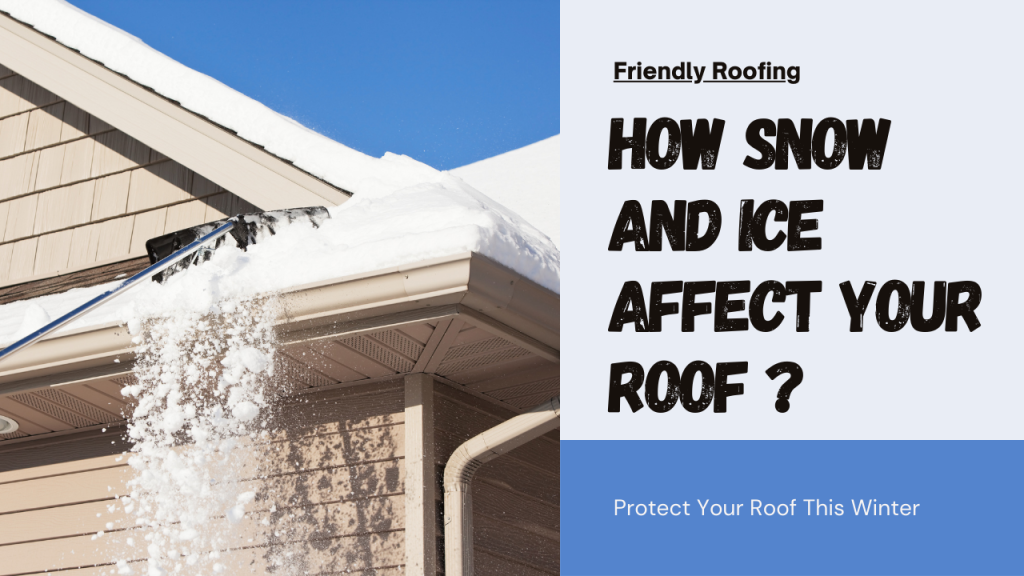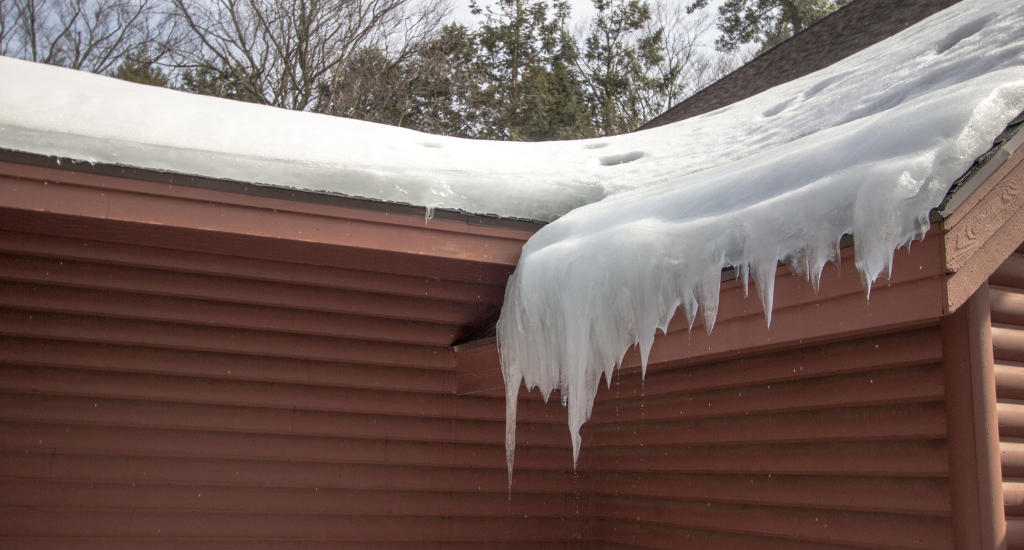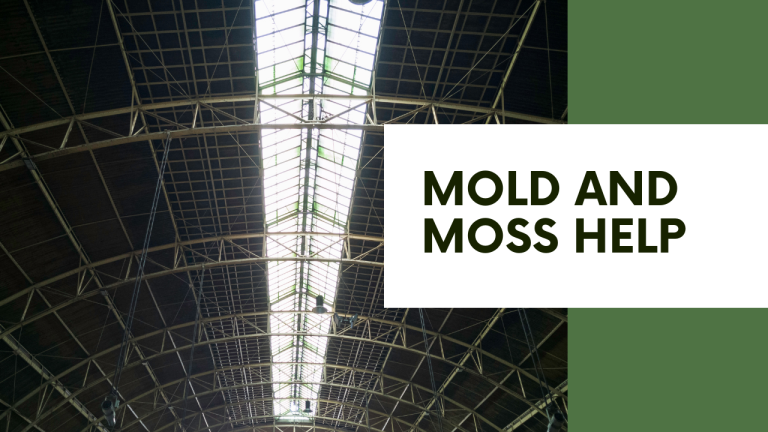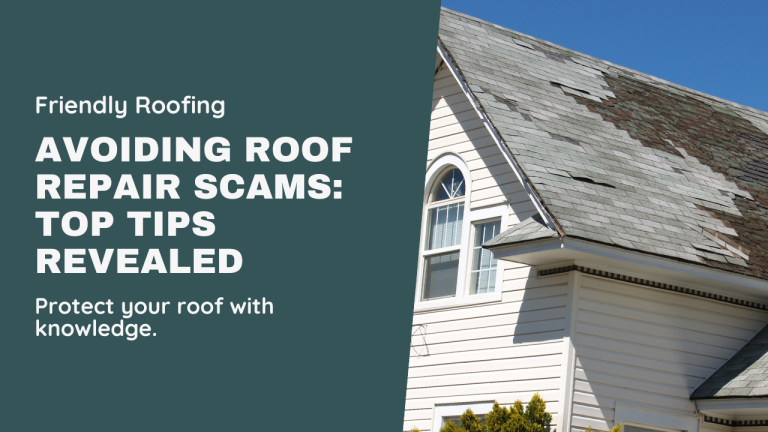Winter brings a picturesque scene of snow-covered rooftops, but beneath this beauty lies a potential threat to the structural integrity of your home. Understanding how snow and ice affect your roof is crucial for every homeowner, especially those living in regions with harsh winters.
The impact of snow and ice can lead to significant damage if not properly managed, resulting in costly roof repairs and potential safety hazards. In this article, we will delve into the various ways snow and ice can impact your roof, the specific problems they cause, and the preventive measures you can take to protect your home.

Understanding Snow and Ice Accumulation
Before exploring how snow and ice affect your roof, it’s essential to understand the types of snow and how ice forms on roofs. Snow can vary from light and fluffy to wet and heavy. Light, fluffy snow is generally less concerning, but wet, heavy snow poses a significant risk due to its weight.
Ice forms on roofs through various processes, including freezing rain and the thawing and refreezing of snow. When warm air from your home rises and melts the snow on your roof, it can refreeze at the eaves, leading to ice accumulation. Understanding these processes is the first step in grasping how snow and ice affect your roof.
Common Problems Caused by Snow and Ice
Ice Dams
One of the most common and destructive issues caused by snow and ice is the formation of ice dams. Ice dams occur when melting snow refreezes at the edge of the roof, creating a barrier that prevents proper drainage. This can lead to water backing up under the shingles, causing leaks and damage to the interior of your home. Ice dams can also damage gutters and downspouts, leading to further complications.
Roof Load Stress
Another critical issue is the added weight of snow and ice, which can put significant stress on your roof. The accumulation of heavy snow can exceed the structural load limits of your roof, potentially leading to a collapse. This is especially concerning for older homes or roofs that were not designed to handle heavy snow loads. Understanding how snow and ice affect your roof in terms of load stress is vital for maintaining the structural integrity of your home.
Freeze-Thaw Cycles
The freeze-thaw cycle, where water repeatedly freezes and thaws, can cause roofing materials to expand and contract. This constant movement can lead to cracks and leaks in the roofing materials, compromising their effectiveness. Over time, this can result in significant damage that requires costly repairs.
Condensation Issues
Condensation can also be a problem when dealing with snow and ice on your roof. Warm air from your home rises and meets the cold roof surface, causing condensation to form. This moisture can get trapped in the roof structure, leading to mold and mildew growth, which can damage the roof’s materials and pose health risks to the home’s occupants.
Specific Roof Materials and Their Vulnerability
Different roofing materials have varying levels of vulnerability to snow and ice. Understanding how snow and ice affect your roof based on its material can help you take appropriate preventive measures.
Asphalt Shingles
Asphalt shingles are a common roofing material, but they can suffer from the effects of snow and ice. The freeze-thaw cycle can cause them to crack, and heavy snow can damage the shingles or cause them to detach. Proper maintenance and timely inspections can help mitigate these issues.
Metal Roofs
Metal roofs are generally more resilient to snow and ice, as they allow snow to slide off more easily. However, ice can still form at the eaves, leading to potential ice dams. Ensuring proper insulation and ventilation can help prevent ice dam formation on metal roofs.
Tile Roofs
Tile roofs are susceptible to cracking under the weight of heavy snow. The freeze-thaw cycle can also cause damage to the tiles. Regular inspections and timely repairs are crucial to maintaining the integrity of tile roofs in snowy conditions.
Flat Roofs
Flat roofs face unique challenges when it comes to snow and ice. Poor drainage can lead to ponding water, which can freeze and cause damage. Ensuring proper drainage systems and regular snow removal can help protect flat roofs from the adverse effects of snow and ice.
Preventative Measures
To protect your home, it’s essential to take preventive measures against the effects of snow and ice. By understanding how snow and ice affect your roof, you can implement strategies to minimize potential damage.
Roof Insulation and Ventilation
Proper insulation and ventilation are crucial in preventing ice dams and condensation issues. Insulating your attic helps keep warm air from escaping, while ventilation ensures that the roof surface stays cold, preventing the snow from melting and refreezing.
Snow Guards and Ice Melts
Installing snow guards can help prevent large amounts of snow from sliding off your roof all at once, reducing the risk of ice dams. Additionally, using ice melts can help manage ice accumulation on the roof and gutters, further preventing damage.
Regular Maintenance
Regular maintenance is key to preventing problems caused by snow and ice. Seasonal inspections can identify potential issues before they become severe. Clearing snow from your roof safely and promptly can also reduce the risk of damage.
Professional Assessments
When in doubt, it’s always best to consult with a professional. Roofing experts can provide a thorough assessment of your roof’s condition and recommend specific measures to protect it from snow and ice. They can also handle tasks such as snow removal and ice dam mitigation safely and effectively.
Repair and Mitigation Strategies
Despite your best efforts, sometimes damage from snow and ice is unavoidable. Understanding how to address these issues can save you time and money in the long run.
Dealing with Ice Dams
If you encounter ice dams, it’s important to act quickly. Removing snow from the roof can help alleviate the pressure causing the dams. Long-term solutions include improving insulation and ventilation to prevent future ice dams. In severe cases, professional intervention may be necessary to remove the ice safely and repair any damage.
Addressing Structural Damage
Structural damage caused by the weight of snow and ice needs immediate attention. Signs of stress, such as sagging or cracks, should be addressed by a professional. Reinforcing the roof structure and making necessary roof repair can prevent further damage and ensure the safety of your home.
Water Damage Repair
Water damage from leaks caused by snow and ice can affect both the interior and exterior of your home. Repairing leaks promptly and addressing any mold or mildew growth is crucial. Waterproofing measures can help prevent future issues and protect your home from water damage.
Protect Your Roof This Winter

Winter poses significant challenges to your roof, from heavy snow loads and ice dams to freeze-thaw cycles and condensation issues. Understanding how snow and ice affect your roof is essential for preventing costly damage and ensuring your home’s safety.
By implementing proper insulation and ventilation, performing regular maintenance, and seeking professional assessments, you can protect your roof from winter’s harsh effects. Proactive measures and timely repairs can help maintain the structural integrity and longevity of your roof.
Stay informed and take action to enjoy a worry-free winter season, knowing your roof is well-prepared to handle the elements.




